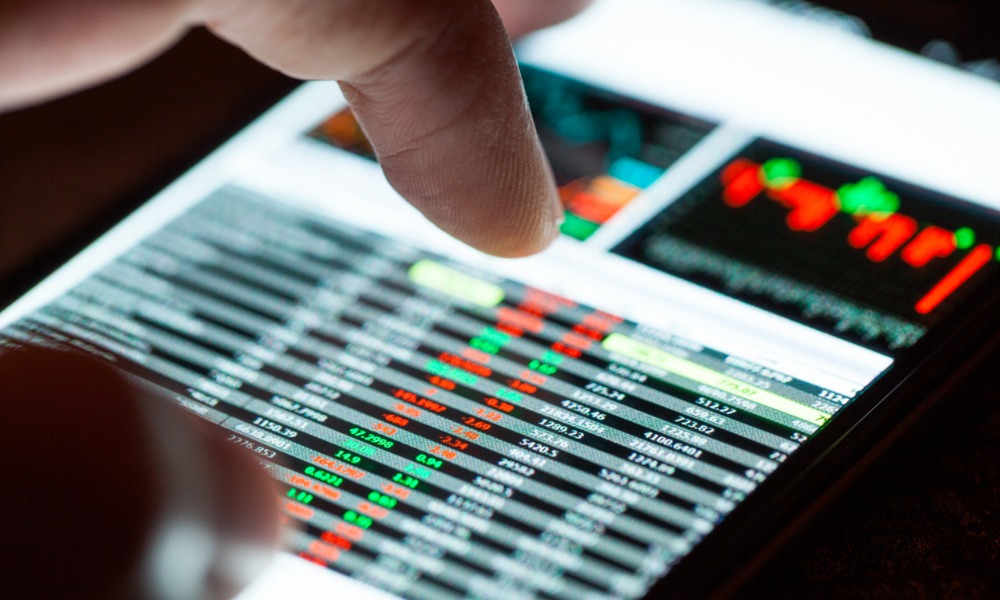Analysis suggests that returns from PE investing are not as divorced from public markets as proponents claim

Alternative investments have been getting greater attention as they promise returns that are not correlated to the public markets. But a recent analysis by FactorResearch throws that assertion into question for one corner of the space.
Drawing from data provided by Cambridge Associates, FactorResearch Managing Director Nicolas Rabener described a comparison of U.S. private equity funds’ internal rate of returns, their public market equivalent returns (a measure of returns used to simulate public-market investments that mimic PE cash flows), and S&P 500 returns between 1994 and 2017.
“Private equity returns outperformed their public market equivalents between 1994 and 2005, but not much thereafter,” he said, noting that the average alpha fell from 8.9% to 1.5% per annum. That collapse in returns, he suggested, reflects the growing challenge of generating alpha given how the PE industry ballooned to more than US$3 trillion in AUM.
“Since 1994, neither private equity nor public market equivalent returns were negative on an annual basis,” he continued. “The S&P 500, by contrast, had four down years.”
While that result suggests a strong case for PE’s non-correlation with public markets, Rabener noted that U.S.-focused PE funds are exposed to mainly U.S.-based companies, just as the S&P 500 is.
“Private equity funds have no short positions, cryptocurrency holdings, or land on Mars that would offer true diversification,” he added. With that in mind, the fact that PE funds registered an IRR of 11% and a public market equivalent return of 14% in 2008, when the S&P 500 fell 38%, is difficult to explain.
PE companies have historically targeted small and undervalued firms that could be leveraged, Rabener observed. Therefore, he argued, an index that closely tracks the U.S. Private Equity Index’s performance based on quarterly IRRs can be constructed by ranking U.S. stocks according to those characteristics.
“Naturally, this replication index provides daily liquidity and full transparency. And would presumably have low fees,” he said. “All of which is preferable to locking up capital for years and paying high management fees.”
While the replication index tracked PE returns, Rabener observed that it exhibited more volatility than the private-equity index, which can be partly explained by the fact that PE firms report performance on a quarterly basis. Adopting a quarterly reporting convention for public market returns, he noted, smoothed the reporting differences between the replication index and the PE index. The lower volatility of the US PE index relative to the S&P 500, he argued, is artificial and the product of smoothed valuations.
“So private equity returns are probably exaggerated and their volatility understated,” he said. “That adds up to less appealing risk-adjusted returns than advertised.”



